Full Disclosure in Green Building Performance
Perhaps one of the most obvious changes occurring over the last year has been transparency regarding green building performance. According to the BDC Network,” more than 30 major cities require commercial building owners to disclose actual green building performance.”
This impact goes far beyond the commercial industry, however, as more renovators move to increase green building efficiency in residential areas, as well. Use this standard to your advantage, and start thinking green in all of your projects. Promoting energy efficiency and conservation, as well as incorporating complaint, eco-friendly features into your builds will prevent redoing all that hard work when disclosure requirements are put in effect in all aspects of the home industry.
One easy addition that won’t break the bank, or require a complete overhaul, is a rain garden installation. Eco-conscious suburban areas can benefit from reduced pollution, less erosion, decreased flooding, and improved water quality, with the addition of native plant rain gardens such as HouseLogic’s, attractive eco-friendly addition (pictured above). These economical supplements to underground tanks are a plus for all involved.
Education is Key
More State agencies are making moves to improved water efficiency. Just this month, the Colorado Legislature approved a bill introducing the sale of WaterSense labeled fixtures. Colorado joins three other states in requiring green friendly fixtures in new homes and commercial sites.
How does this affect your build? With the passing of this legislation, these leaders in implementing standards have set a precedent that many other states are sure to follow. Educating yourself on green standards now will both short and long term benefits. Many agencies, including the EPA, offer compliance assistance programs to ensure your project is up to date on the latest rules and regulations.
Gone are the days when builds were completed without thorough research first. Obtaining agency certification and green education for your projects is a smart way to not only save time, but also to save money on your build in the long run. In addition, green research can go a long way towards getting creative with your build. For example, you may be familiar with solar roof panels, but have you invested research into alternatives, such as this green roof install?
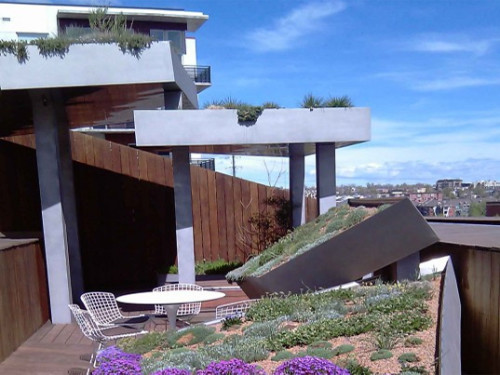
Colorado’s Green Roof initiative from Inhabitat is catching on nationwide.
Spread the Word
Sharing knowledge regarding the assets of green home additions can have an impact throughout your community. The easiest way to ‘make the sale’, so to speak, and provide education on how conservation helps the environment is to focus on the benefits of eco-friendly additions to everyday life.
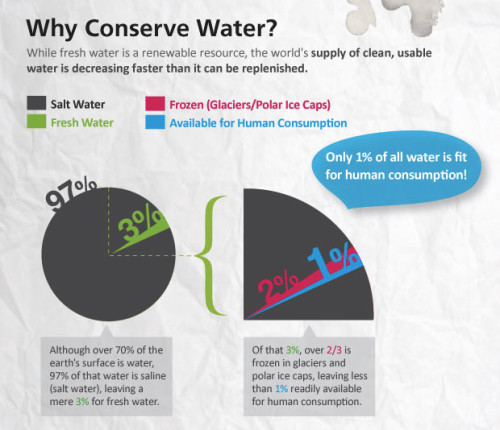
JetsonGreen’s Water Conservation infographic shows the reality of water shortage
Organizations such as Home Water Works provide ample resources to help understand the long-term benefits of short-term costs associated with green builds and renovations. The water calculator, for example, provides a guideline for determining efficient water uses in home, and shows areas that can be improved, both with upgrades and conservation tips. The U.S. Small Business Administration provides a number of energy saving calculators from Energy Star. Another great gauge for determining water useage, specifically in bathrooms, is a simple toilet tank test (pictured below). Utilizing these tools can help any renovator, from pro to novice, when it comes to thinking green.
Recycle, Reduce, and Reuse
You’ve heard it before, but this concept goes far beyond sorting plastic and paper into bins. With a large portion of the world in some state of water crisis, whether it be a drought in your hometown or access to clean water in Africa, water shortage is a real issue.
While it’s unrealistic to expect drastic changes overnight, there are steps you can take to impact the water system locally, and encourage conservation nationally. Gray water supplies are trending, both for their ability to reduce water usage, and for easy accessibility from almost any location. By setting up a simple filtered rain barrel for household tasks such as watering plants, to utilizing the heating capabilities of gray water, we can reduce our impact on the environment. Texas A&M implemented gray water as a statewide initiative to test functionality in home landscape irrigation, as shown below.
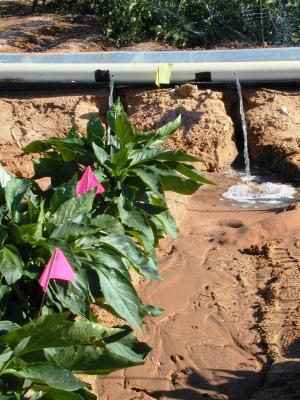
Phys.org shares research from Texas A&M’s gray water efforts
At the WaterSmart Innovation annual conference, CEO of Nexus eWater Craig Richmond provided an in-depth look at exactly how the U.S. compares with other countries, such as Australia, in terms of water consumption and usage. The State of California alone utilized five times the amount water of the average Australian city. Up to 58% of the water used state-side contributed towards residential water heating. With gray water being a valuable heating resource that can contribute up to a 75% reduction in water heating utilization, it’s a wise move to consider re-using and recycling when it comes to water.
While conservation is necessary, it’s equally important not to overwhelm yourself by jumping into too many projects too soon. Consider implementing one or two changes into your next build, and sharing your progress with the community locally and online. What other best practices do you consider when going green?
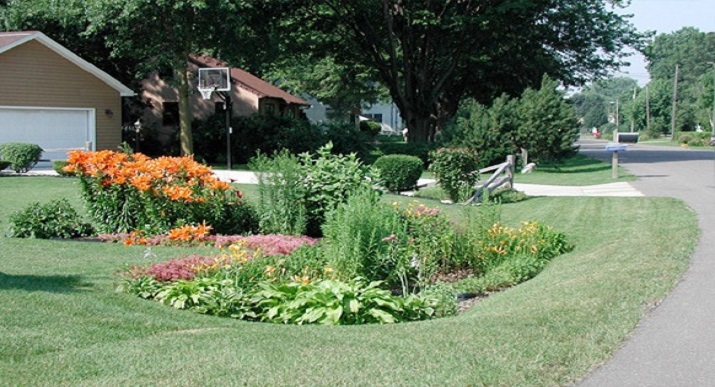
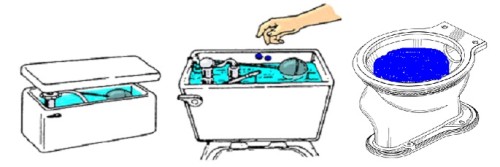

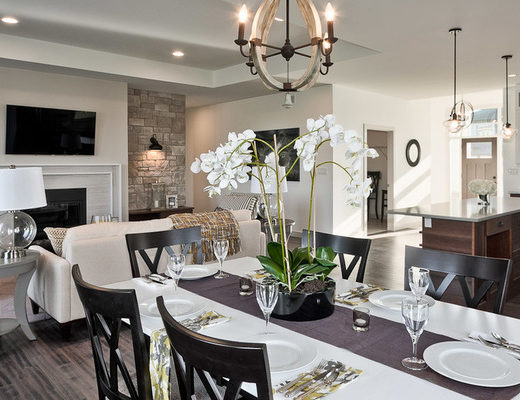

Thanks for posting this article, the importance of incorporation eco-friendly features into home buidling can’t be overlooked and I hope to see this become common practice one day. It’s not rocket science but they way people act you’d think it is!
The best thing anyone can do to keep green in my opinion is composting. I never throw my food away, I use it to feed my vegetable plants so I can grow more food. I’m not completely self-sufficient but I can see the results of my eco friendly actions within weeks.